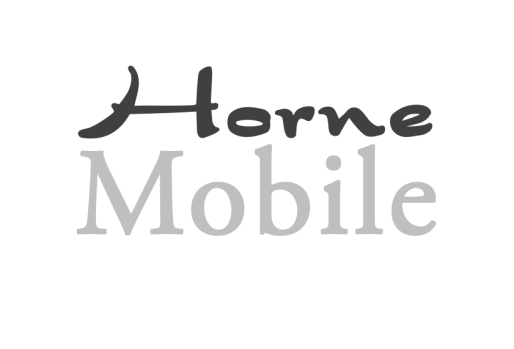I was impressed and moved by two mobile events over the weekend of September 20, 2013; and, these events are worth discussing.
First Impressive Event
Many stock market and industry analysts predicted that the new Apple iPhone 5s and 5c models would lose ground and market share to Android phones in its first weekend of sales. Many of these analysts predicted maybe 5-6 million units could be sold, as based upon incomplete data from iPhone component suppliers, conjecture based upon a skewed perceptions of financial reality, and, perhaps by some, on a bit of wishful thinking, hoping that Apple will go away.
What these so-called experts neglected to do in their research analysis was to ask Apple advocates and consumers what they thought about the matter. So what happened this first weekend of sales? Were these paid experts right on the mark? Did their opinions stand on their own merits?
It wasn’t even close. Their projections were incredibly off the mark. Instead of 5 million units, fanatical consumers came out in droves, and Apple sold over 9 million units in three days shattering all estimates. Even more staggering was the Apple announcement that over 200 million existing iPhone users downloaded the new iOS 7 software platform. As a point of reference, the entire population of the US is only 317 million. These are simply staggering numbers!
Think about what this means financially. Apple revenue is projected for Q4 2013 to be close to $37 billion. As a point of perspective, this is more revenues than the 2010 tax revenues collected by three states: South Dakota ($2.58 B), Tennessee ($18.2 B), and Louisiana ($16.1 B). So, essentially a single product (iPhone) will earn more than the cumulative tax revenues in three states. That is impressive by anyone’s measure.
In my opinion, stock market and industry analysts fall into the same category as TV weather forecasters. These may be the only two vocations where one can be wrong 50% or more of the time, and still be paid handsomely. And, more incredibly, people will actively seek out their expert opinions – knowing full well, these experts are prone to be wrong half the time. I wonder if it is too late for me to change careers.
Second Impressive Event
A few years ago, I was responsible for industrial mobility software sales in EMEA countries. When I first started traveling through Europe, international telephone charges, and, later, Internet connectivity fees were often the most expensive line items on hotel bills – more than the actual cost of the room in some cases.
How fast and how far things have progressed was brought home personally by my daughter. She and her husband, and her in-laws, are vacationing in Greece, while we are babysitting her two small children in Kansas City.
From her Athens hotel room, my daughter was able to use her iPhone to launch a free FaceTime session. She was able to see and talk to her children before they went to bed as if she were across town instead of halfway around the world. The kids were thrilled to see their parents and vice versa! The conversation they held was priceless.
Her children will never know a world where FaceTime and video telephone calls were not normal everyday events. They will take this type of technology for granted; but, I will not.
Business Slant
What does this means to business? Once again, Apple has strengthened its position as a world-wide desired smartphone product in a category they defined.
From an IT perspective, Apple’s strength helps solidifies BYOD strategies for at least the next 18 months, which is an IT eternity. Apple is not going away, and it is foolhardy to think otherwise.
Video telephone technology that was once the topic of comic strips like Dick Tracy, from a human perspective, is becoming common place. How can this technology be utilized in your everyday business activities? I’m betting you are surprised daily.
The future is not written yet; and, I think we’ve only witnessed the tip of the smartphone technology iceberg.
But, what we’ve already seen is really impressive!



